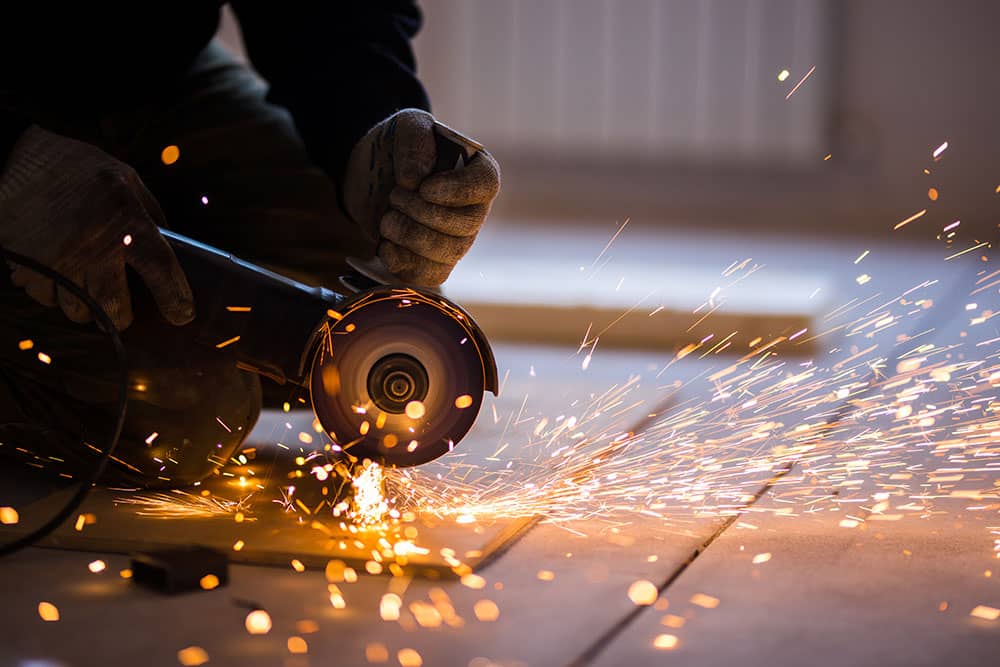Understanding Fire Retardant Clothing – Stay Safe at Work
Workers Shop wants to make sure that modern workers are safe, comfortable, and confident while wearing quality work garments. We have a range of fire-retardant clothing for workers who face the risk of flame exposure. Workwear should be thoroughly researched and engineered with the Australian Health and Safety Standards in mind.
What is Fire-Retardant Clothing?
Three worker categories are required to wear FR clothing in Australia based on the primary hazards, which are the following:
- Electric Arc: Workers include electricians and utility workers.
- Flash Fire: Pharmaceutical, chemical, and refinery workers belong in this category.
- Combustible Dust: This category includes people who work in food processing plants, as well as those in the paper and pulp industry.
Fire-retardant clothing (commonly called FR clothing) is also used in the oil and gas industry. Welders, factory employees, and metalworkers wear a protective garment, too. Motor racing and other leisure activities also benefit from FR clothing.
But what is it exactly? Fire-retardant clothing is also known as flame-retardant clothing, especially in the US. When a piece of clothing has the label “FR,” whether it is a shirt, pants, or overalls, it means that it can provide protection when the wearer comes in contact with fire. Although fire-retardant clothing does not give full fire protection, it is designed to safeguard wearers against intermittent flames and heat exposure.
Let’s break this definition down even further. FR clothing is engineered to keep wearers from injury when in contact with flames. It means the garment will not catch fire easily. If they do, however, they can self-extinguish provided that the flame is brief and intermittent. This characteristic reduces the risk of burn injuries, allowing the wearer to escape from an unsafe site. Thus, it increases the chance of survival in an unexpected thermal problem, such as a flash fire or an electric arc.
Is There a Difference Between Fire-Retardant Vs Fire-Resistant Clothing?
FR clothing can either be fire-resistant or fire-retardant. These two types may seem the same at first glance, but they have certain dissimilarities:
- When clothing is fire-retardant, its materials can self-extinguish if they ignite. This quality, however, fades over time, especially with continuous use. But flame-retardant clothing tends to be less expensive and easier to access.
- Flame-resistant has fibres that do not ignite easily even when they are exposed to fire. These fibres do not disappear or reduce in strength even with frequent washing. However, flame or fire-resistant clothing can be very expensive and difficult to acquire for many organisations.
Both types are self-extinguishing and will burn exceptionally slowly. Any fabric can be used for fire-retardant clothing. However, that fabric should undergo a chemical treatment procedure to prevent flames from burning and spreading quickly.
How to Pick Fire-Retardant Clothing
The benefits are apparent, which is why all organisations should make sure that their workers wear proper clothing, especially in worksites with fire risks. No matter how small or huge the risk may be, workers should be allowed to feel safe when they conduct their job in a potentially dangerous location. Fire can easily cause injuries, such as burns, trauma, and even death.
In Australia, fire agencies in the country helped to treat 101,867 fire incidents in 2013-14. Of which, 19 per cent involved building fires. From 2014-15, there were 60.27 residential fires per 100,000 households in Western Australia. The Australian Bureau of Statistics recorded 70 people died in house fires in 1998. This number increased to 98 in 2013-14. Grave work injuries involving burns were reported to reach 1,085 from 2014-15. Over $702 million insurance claims were related to fire incidents involving homes and commercial properties in 2013-14 alone.
The numbers above show how devastating fire incidents can be. They can damage structures and can lead to injuries within the workplace. Business owners should understand these risks to ensure that both the workers and the job sites are safe. Health and safety of the employees should be prioritised. Pick the right fire-retardant workwear to reduce lost time, accidental claims, and injury costs while complying with the law. Here are some tips that will help you select the correct FR clothing:
1. Fit
Looser clothing offers better protection. Why? There is an extra layer of air between the wearer and the garment. Therefore, you get added insulation against flames and heat, which can be encountered while wearing FR clothing.Skin-tight fire-retardant clothing may result in the flames coming directly in contact with the skin. Clothing will not be as efficient as a protective layer, which is why it is better to have extra air cushion between the fabric and skin. Remember though that loose does not mean baggy. It’s never a good idea to go for the loosest fitting clothing available, which can easily snag on hazards in the area.
2. Regulations
Check that the fire retardant workwear is in compliance with the relevant laws, including AS/NZS ISO 2801:2008, as well as AS4967-2006 and AS4824-2006. These standards help ensure the safety of the workers and business. This WorkIt FR cargo pant meets different standards, including NFPA 2112, which confirms its flame-resistance qualities.
3. Type
As mentioned, FR clothing can be fire-resistant or retardant. Select the workwear that meets the budget and requirements. Often, fire-retardants are useful in all cases, and they are less expensive than fire-resistant clothing. However, their efficacy tends to decrease over time. Take these considerations in mind when shopping.
Most of the time, FR clothing is gender-neutral. However, some options are specifically designed for women. Although there is no need to pick a garment that targets men or women, some may want to wear clothing they feel they look good in. Nevertheless, FR clothing is naturally loose-fitting, so it is usually designed for everyone.
Keep your business, reputation, and employees safe. Pick from the Workers Shop’s range of fire-retardant clothing for reliable protection against fire incidents in the workplace.
